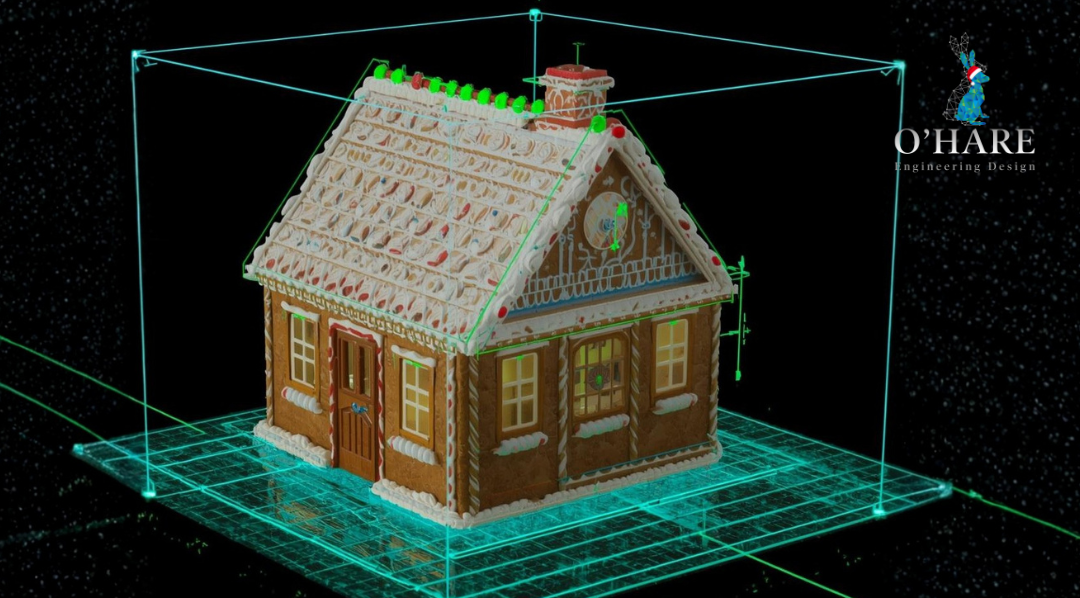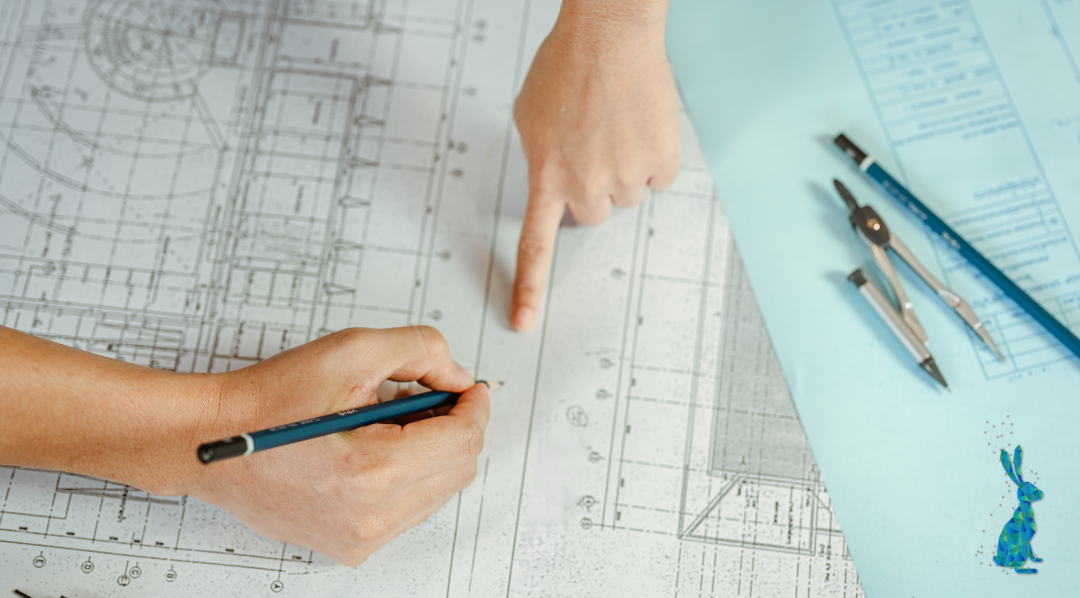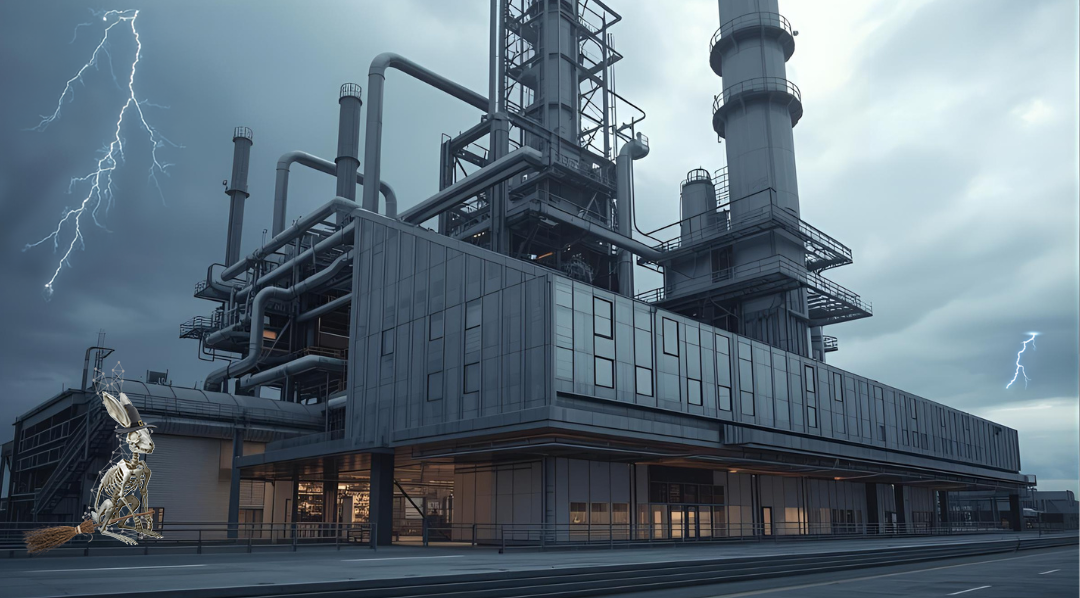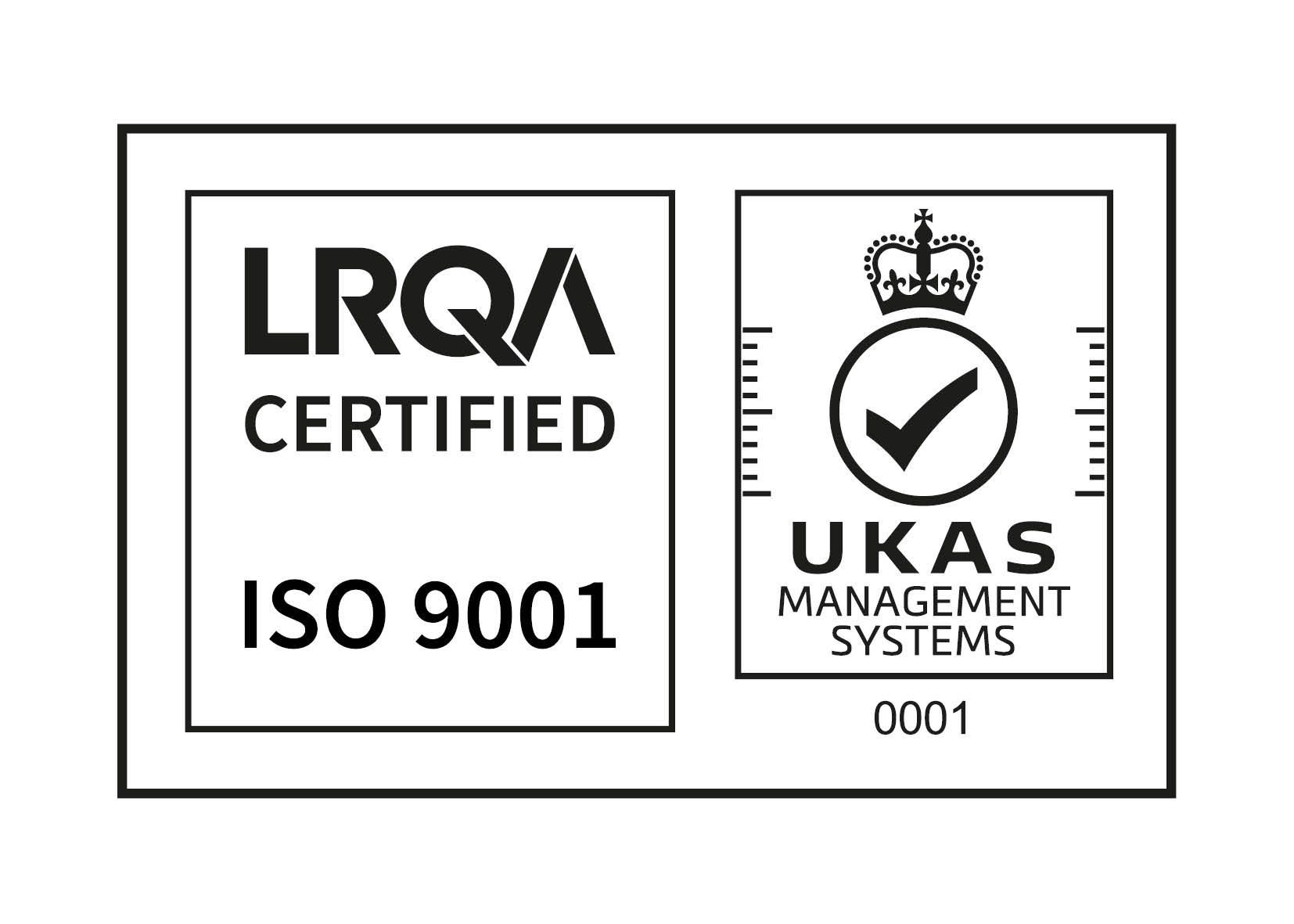HOW TO PREPARE YOUR SITE FOR 3D MODELLING AND LASER SCANNING WORK

HOW TO PREPARE YOUR SITE FOR 3D MODELLING AND LASER SCANNING WORK
Date: 28th December 2022
This is one of the most common questions I’m asked by clients in initial on site visits…
“Other than a general tidy up, is there anything else we need to do to prep the site before you come in and scan it?”
And the answer to this is no, not unless you want a very specific piece of kit scanned that isn’t currently very accessible.
The reason this seems to be a common question is that, as with any great tool, it’s quite well known that 3D laser scanners have their limitations. The biggest one being their difficulty to scan certain surfaces and environments.
It’s true that dark, shiny and clear surfaces can all cause chaos and scatter within a scan.
So what can be done to minimise the risk and increase the quality of your scan data when working with these materials?
Dark spaces
Getting creative with scanning angles can often be a quick fix when it comes to dark spaces. From certain angles, you can sometimes block or hinder the light, particularly if you’re trying to scan a place with limited access. Putting your scanner on the floor or taking multiple scans of the same space but from different angles can sometimes help overcome any missing data. Adding additional lighting also works but isn’t always possible depending on the space or environment you’re scanning within.
Shiny surfaces
Again, getting creative with your scan angle can help to overcome this laser scanning hurdle. But, if you’re still struggling to reduce scatter in your scan data, other quick wins include adding talcum powder to the surface (if you can) or wrapping the surface in paper. One thing to know about this tip though is that you need to be sure that whatever you’re adding to the surface to dull the reflection does not distort the shape or diameter of the pipework you’re trying to scan.
Clear surfaces
It hopefully won’t come as any surprise to hear that it’s impossible to scan clear surfaces like glass and perspex. These surfaces will simply refract the lasers which will cause distortion and huge amounts of scatter within your scan data. The only way to overcome this is to cover the surfaces with something like paper so that it doesn’t affect the dimensions of your scan too much. We can always add in specific materials when the scan data is being rendered to reflect the correct layout of your site.
These are all very quick solutions to the major scanning limitations. If you’re undergoing a site mapping or engineering design project within a challenging environment and would like some help and advice getting set up, drop us a message.




